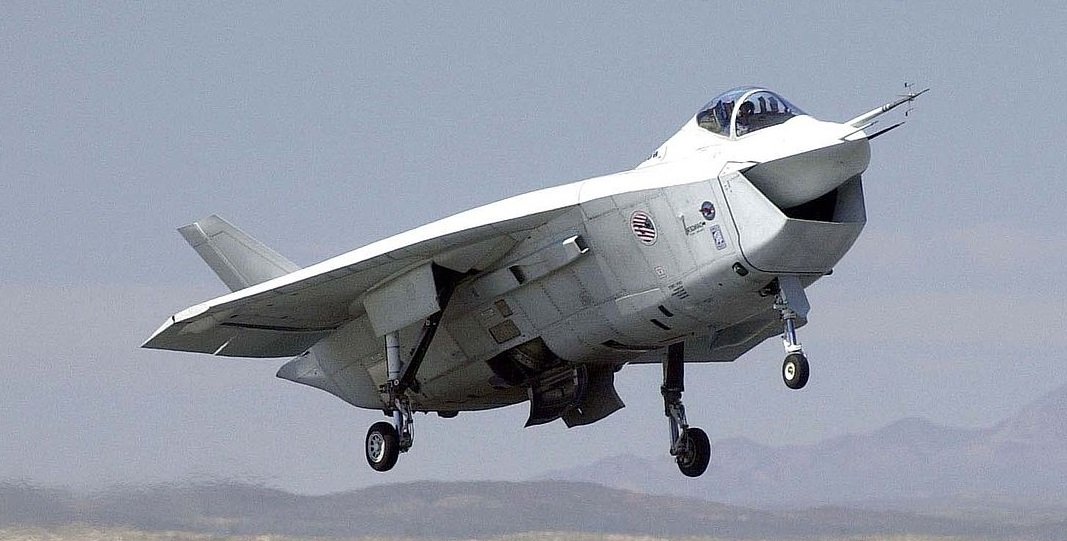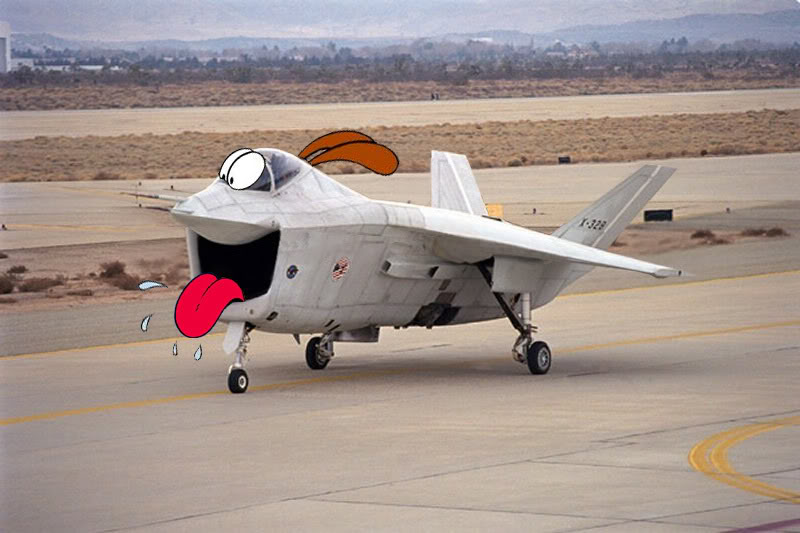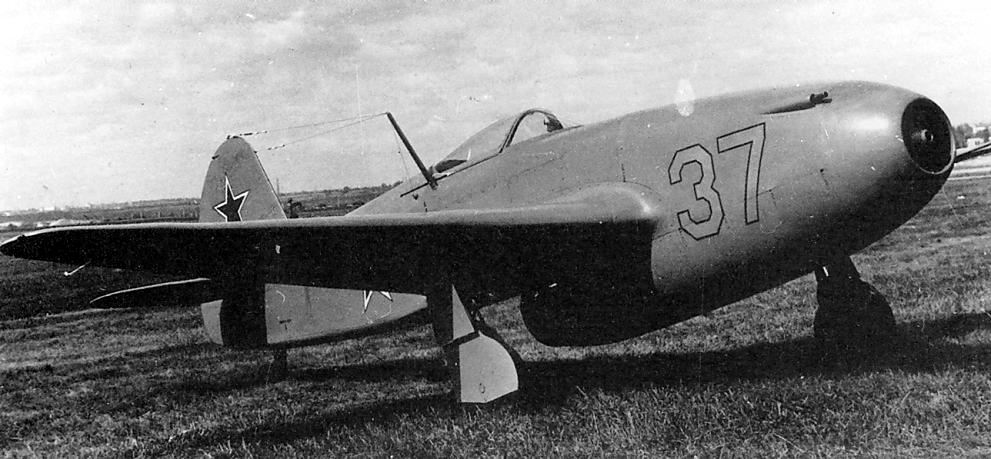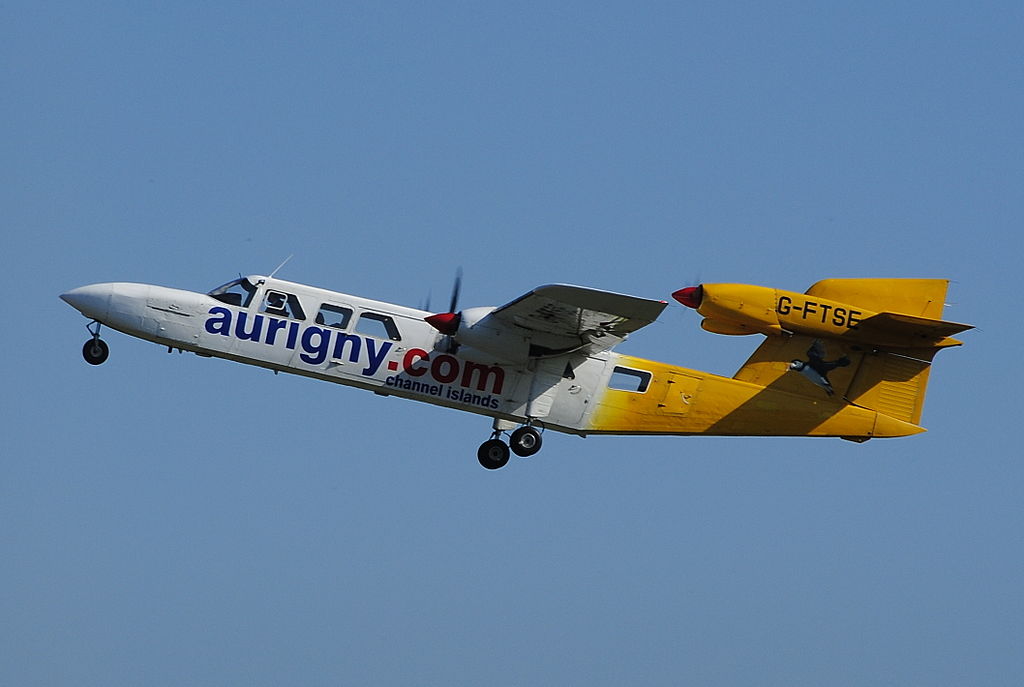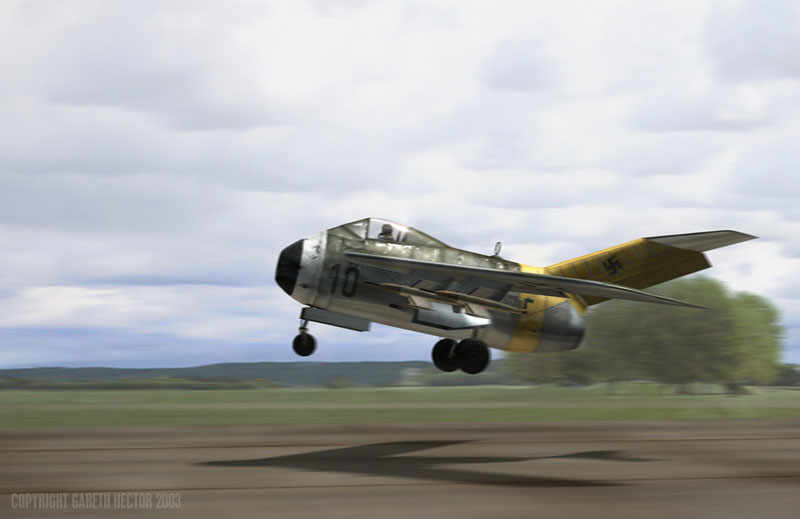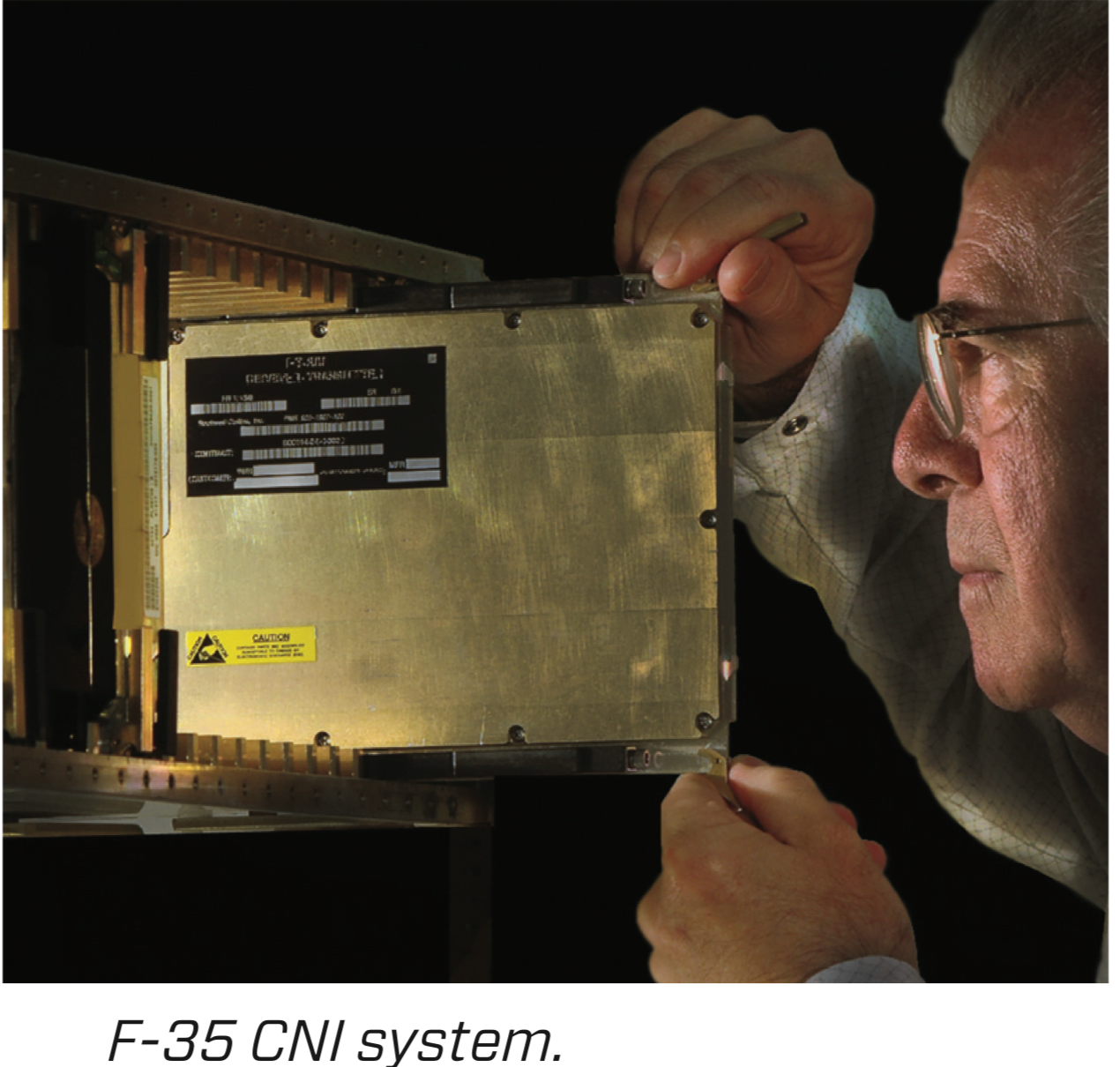The F-35, CNI Evolution, and Evolving the Combat Force
04 Dec 2019 Robbin Laird
"The F-35 is termed a fifth-generation platform, but is better understood as a first generation flying combat system. Or a next generation capability or foundation for building a C2/ISR infrastructure for the integrated distributed force.
Because the F-35 is being stood up worldwide with both the U.S. Services and multiple core allies, how the F-35 global enterprise is being shaped has significant consequences for interactive transformation of those forces.
A key aspect of the F-35 comprises the onboard combat systems and data fusion inside the aircraft.
Because the software is upgradable and concomitant hardware changes have been made to facilitate major software upgrades, separate combat systems are affected by innovation driven within each combat system, and separate innovations and upgrades are driven by the core companies and the partners responsible for each combat system.
The companies driving change in each combat system, along with their partners, can reach a global user community and use these innovations while considering how such innovations could proliferate into their wider force structure development.
A key example is the CNI system. I remember that one of the early criticisms by some F-35 analysts was that it did not have a radio. But that was good news, not an oversight. According to Lockheed Martin:
“The Communications, Navigation and Identification (CNI) system is the most advanced integrated avionics system ever engineered. The integrated CNI has been developed by Northrop Grumman and affords F-35 pilots capabilities derived from more than 27 avionics functions. Through software-defined radio technology, the CNI allows for simultaneous operation of multiple critical functions, such as identification of friend or foe, precision navigation, and various voice and data communications, while greatly reducing size, weight, and power demands."...
...Major General Silveria, then head of the USAF Warfare Center and now Lt. General Silveria, Commandant of the USAF Academy, explained: “Clearly, a key aspect of the F-35 is software upgradability. [It] provides for growth potential but requires a significantly different way to operate. “This is difficult for people to grasp who do not fly the aircraft. One aspect associated with both fusion and software upgradability is that the F-35 is an integrated weapons system.
“Many articles have criticized this or that particular system on the aircraft; but [the F-35] aircraft is not really about this or that system; it is about the capability of a set of diverse systems to work together to deliver an effect and overall capabilities.
“Another key aspect is what software eliminates from the aircraft yet allows for enhanced combat effectiveness. A chief example is the CNI system. The plane has none of the items traditionally on airplanes that transmit and receive. It does not have any of those.
“Instead, it has two CNI com and navigation racks. It has two racks and you instruct the airplane: I would like to transmit in the UHF waveform; it generates that waveform and transmits in the UHF waveform, which is a difficult concept to think about, because there is no UHF radio on the airplane. There is no ILS on the airplane. “If I want an ILS, I have to go in, tap on my glass and say, ‘hey, good morning jet, I’m going to need an ILS today, so I need you to generate the ILS waveform when I need it.’
“What does this mean in terms of performance and maintainability? I do not have to maintain what is not there; I do not need to be affected by failure rates of systems that are no longer there...."
ja jatkuu vaikka kuinka vielä lähteessä...
